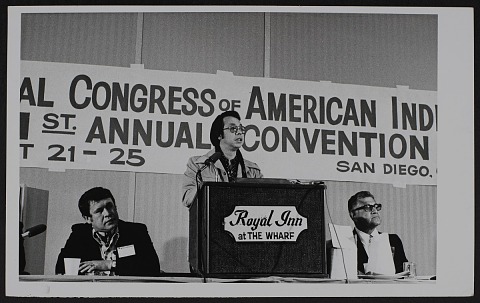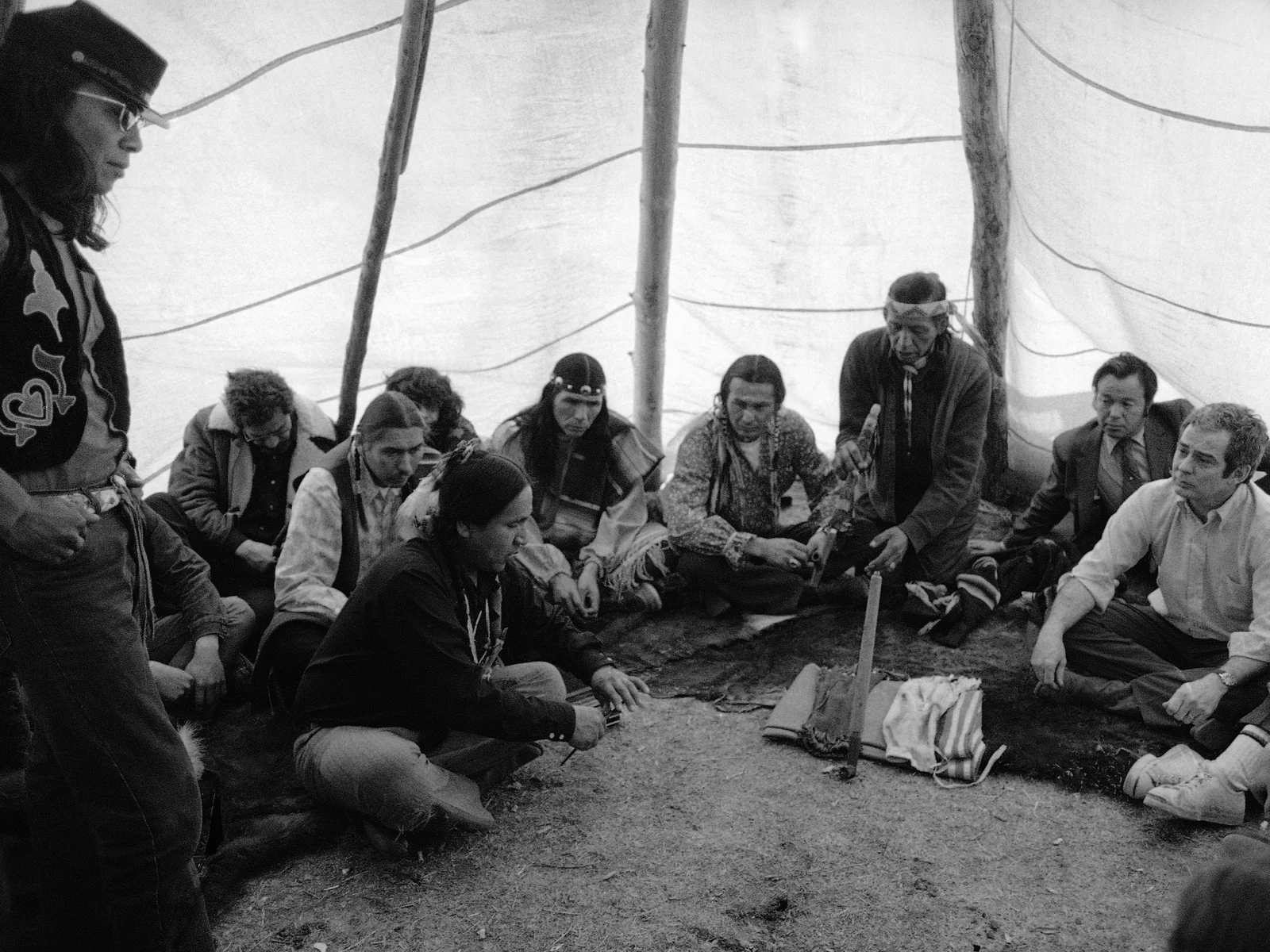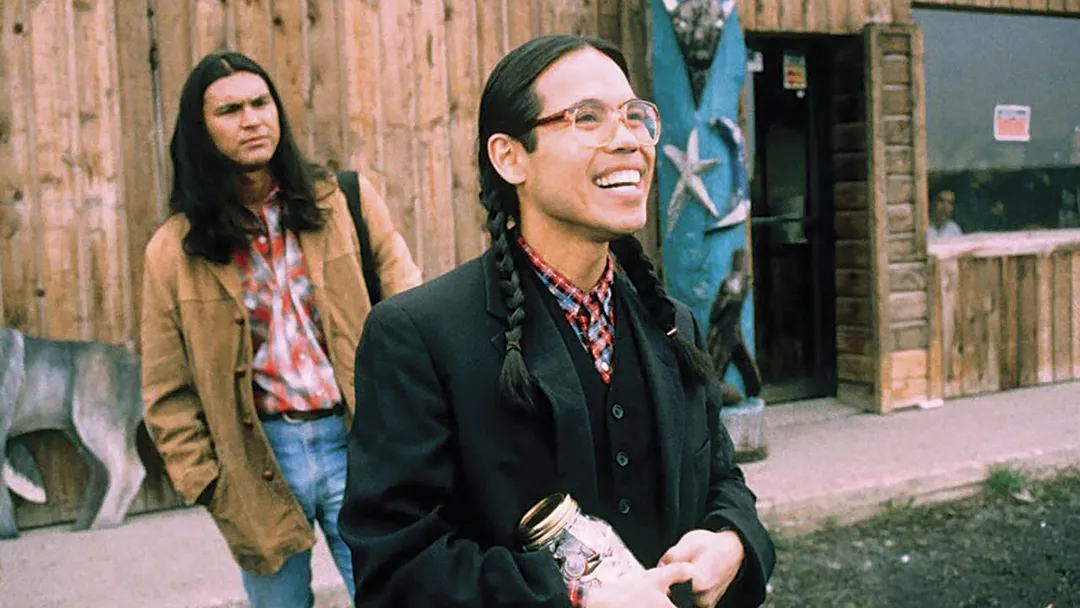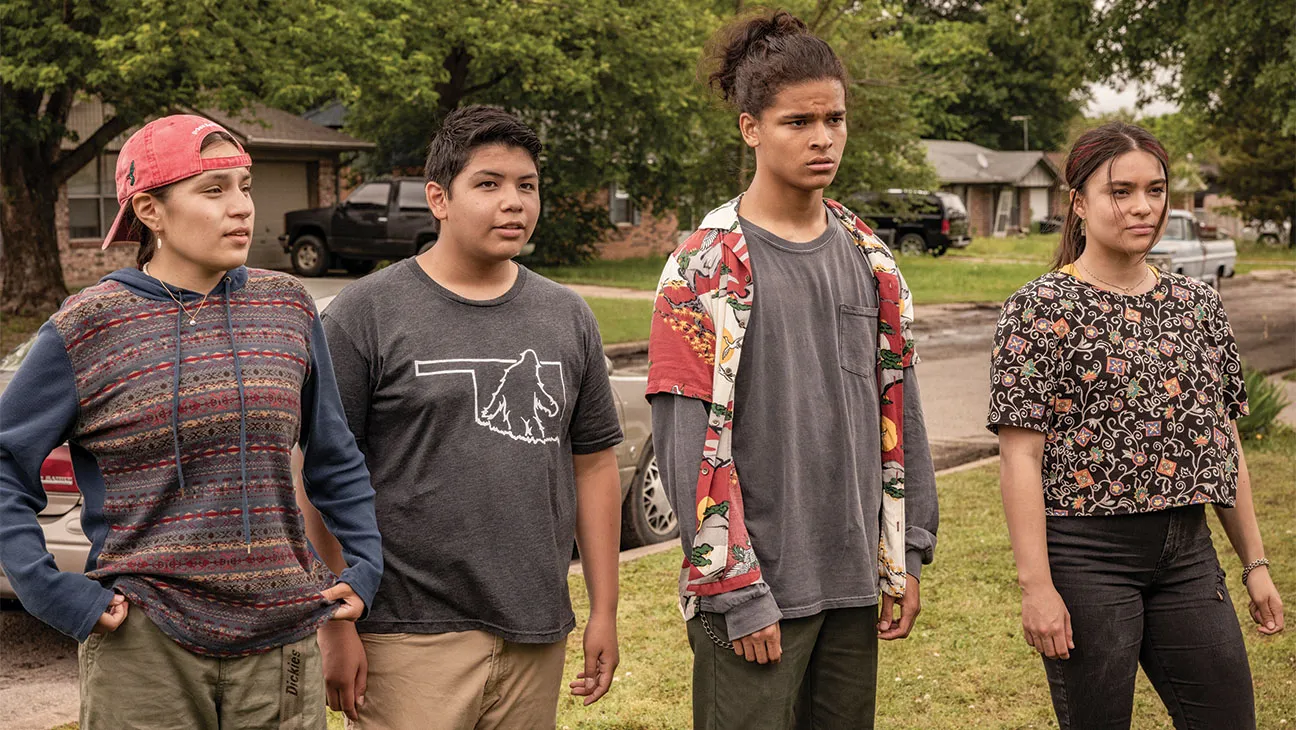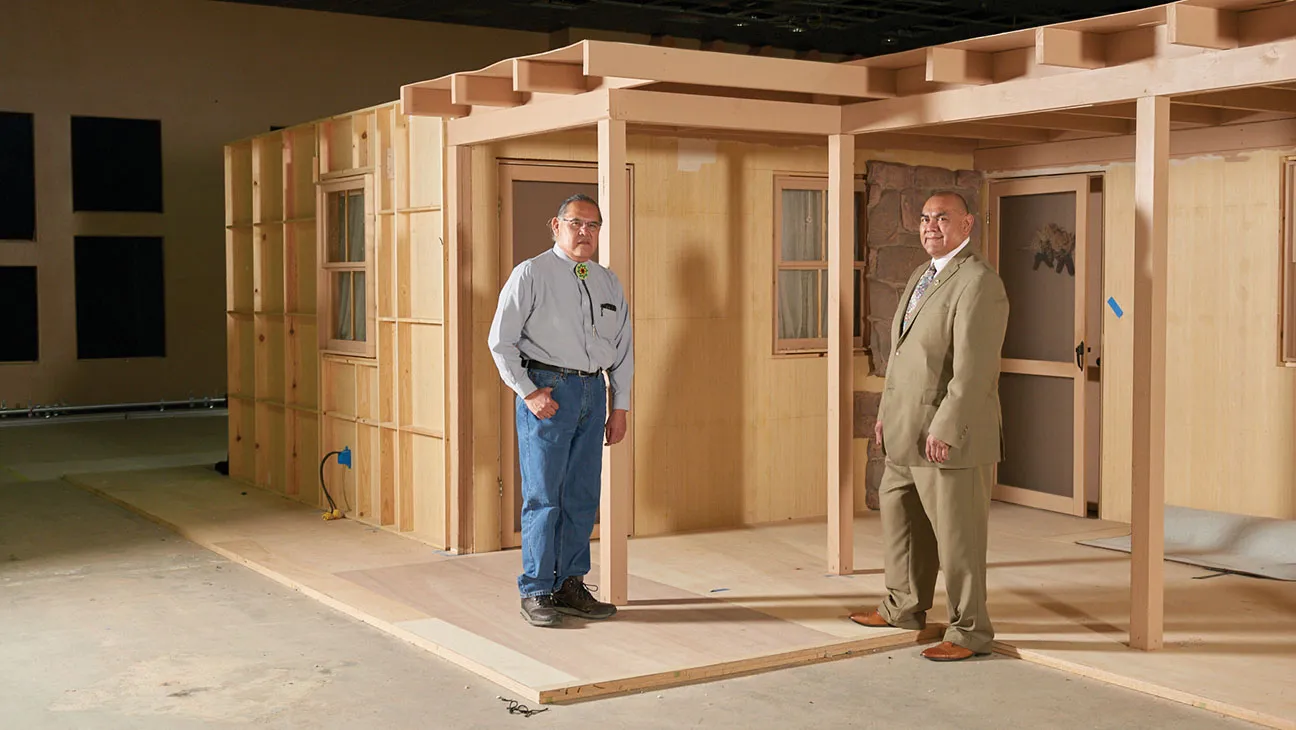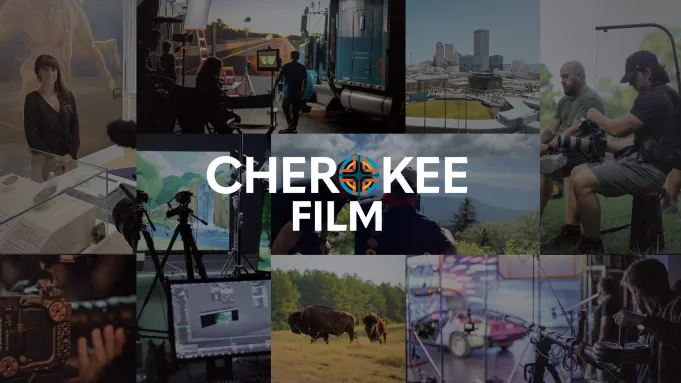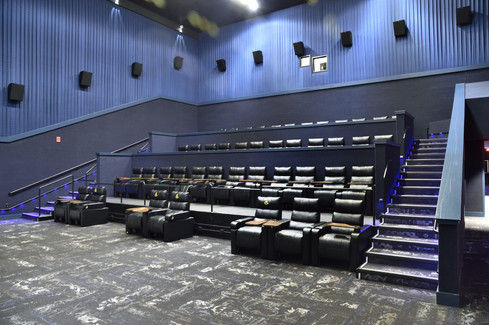Indigenous People's Month: Honoring the Legacy and Future of Indigenous Film and Storytelling
- Onni Creative

- Nov 2, 2023
- 5 min read

This Indigenous Peoples’ Month we’re celebrating the history + future of Indigenous film and storytelling! From the Silents to Sundance, join us for a journey through Indigenous representation in American film.

William F. Cody Archive
Indigenous people were represented in early pre-hollywood wild west shows that popularized “cowboys vs indians” conflicts. The most notable is Buffalo Bill’s Wild West Show, which included rodeo acts, sharpshooting competitions, horse races, train robbery depictions, and reenactments of battles. Reenacting the Battle of Little Bighorn depicted Cluster’s and his forces fighting against Indigenous people who had previously signed a treaty for that area. Once gold was discovered in the area, the Indigenous people were ordered off the land (the Black Hills) and onto reservations.

Library of Congress
A 30-second short, Indian Day School, shows Indigenous children in 1898 at Isleta Day School in New Mexico. One of the first films to show children in an Indigenous School in which many of the children were taken from their family and forced to abandon their own culture, customs, and traditions to opt for western values and customs.
As there were very few authentic films portraying Indigenous life, culture, or traditions, the silent film era cemented the stereotypical depictions of Indigenous people that portray them with headdresses, leather clothing, etc. Although those types of clothing and hairstyles are accurate for some tribes, they are not a monolith for all Indigenous people and tribes in the USA.

Daughter of the Dawn (Oklahoma Historical Society)
Independent films in the silent film era like Daughter of the Dawn (now in the National Film Registry) and independent filmmakers like James Young Deer produced films that involved all Indigenous casts, gave agency to Indigenous characters, portrayed different tribes rather than a stereotype of an Indigenous person, and justified decisions of Indigenous characters.
Parallel to this time, Indigenous people were not considered US citizens until 1924. Before obtaining US citizenship, they were regularly denied basic rights & needs and had stringent travel restrictions enforced.
In response to the lack of representation, threats to tribal sovereignty, and Federal legislation, the National Congress of American Indians (NCAI) was formed in 1944. The NCAI continues to protect sovereign rights, promote traditions & customs, and improve the quality of life of Indigenous communities and peoples.
1960s Hollywood saw the rise of revisionist western films. These films defined good vs bad by demonizing Indigenous people and giving a very specific & narrow view of Western movies. Today, many have looked back and condemned portrayals of Indigenous people, particularly the fact that many Indigenous characters were portrayed by non-Indigenous actors; Raquel Welch, plays a Sioux warrior in The Legend of Walks Far Woman. In Soldier Blue, a white Vietnam veteran tasked with slaughtering a local tribe realizes the immorality of it as he falls in love with the only white woman raised by the tribe.
Associated Press
In 1968, Indigenous people were granted full access to the US Bill of Rights via the Indian Civil Rights Acts (ICRA), but it limited the power of tribal governments and gave the Federal government more control over Indigenous people. Out of the frustration of the discrimination of Federal Indigenous policy, bore the American Indian Movement (AIM). AIM organized the Trail of Broken Treaties March on Washington in 1971 & 1972 to demand fair treatment and answers for failed & discriminatory policies. Subsequently, AIM occupied Wounded Knee, SD to protest the then corrupt president of the Oglala Sioux Civil Rights Organization (OSCRO) and demand the reopening of treaty negotiations with the federal government. The confrontation with US Marshals & the FBI lasted 71 days with 2 killed and 14 wounded.
Oscars (Youtube)
In 1973, Marlon Brando refused the Oscar for his role in The Godfather with Sacheen Littlefeather giving a speech on behalf of him. Brando refused the Oscar in protest of how Indigenous People were portrayed and treated in film at the time as well as the tragedy at Wounded Knee. (Note: Littlefeather’s Indigenous heritage has been called into question in recent years)

Associated Press
In 1976, Jerry C. Elliott-High Eagle (Cherokee/Osage) authored legislation to advocate for Native American Awareness Week, which was signed by Gerald R. Ford. In turn, President Ronald Reagan proclaimed Nov 23rd-Nov 30th, 1986 as American Indian week in 1986.
In the ‘90s, Movies like Dances with Wolves (1990) and Last of the Mohicans (1992) were lauded for featuring Indigenous actors in leading roles, but continued to contain the white savior trope and presented Indigenous stories through a non-Indigenous perspective.
Eventually, President George H.W. Bush declared November as National American Indian Heritage Month to celebrate culture, traditions, music, dance, and ways of life. Presidents Obama & Biden proclaimed November as National Native American Heritage Month.
In recent history, Indigenous film has much more visibility. Two crowning films changed the state of Indigenous film as they featured an all Indigenous cast, directors, writers, and characters. Powwow Highway (1989) and Smoke Signals (1998). Powwow Highway depicts two Northern Cheyenne men with different outlooks on life as they embark on a roadtrip to post bail for one of their sisters. The film won the Sundance Film Festival Filmmakers Trophy award and 3 Native American Film Festival Awards. In Smoke Signals, two men reckon with the death of their father and the dichotomy of their personalities through friendship. It was inducted into the National Film Registry for being “culturally, historically, and aesthetically significant.”
Today, Indigenous films like The Doe Boy (2001) and Night Raiders (2021) compounded with the TV show Reservation Dogs (2021-2023) portray authentic Indigenous characters with Indigenous talent in front of and behind the camera. (You can check out our Reservation Dogs production design secrets blog here.)
Camel Rock Studios (Daniel Casearez for THR) Cherokee Nation Business
The future of Indigenous film and exhibition is bright with the first ever Indigenous Film Studio created in 2020 by the Tesuque Pueblo tribe of New Mexico. The tribe repurposed an old 75,000 square foot casino into a film studio. Camel Rock Studios is the first movie studio owned by an Indigenous tribe in the history of the Hollywood era. The studio has provided many jobs for Indigenous people on both sides of the camera and films on Indigenous land. This year, Cherokee Nation launched Cherokee Film to amplify Indigenous storytelling and provide career opportunities.
Palace Cinemas at Coyote Entertainment Center
Indigenous exhibitors have been around and are key for the continued success of the exhibition. Palace Cinemas at the Coyote Entertainment Center, owned by the Tachi Yokut Tribe in CA, is located in the Tachi entertainment center which houses a cinema, bowling alley, casino, hotel, and e-sports bar. This one stop shop offers affordable pricing for hours of family fun!
We want to continue to amplify and support Indigenous films not just month, but throughout the year. Read our blog with our top 5 Indigenous films here and you can check out other amazing Indigenous films by supporting entries of the American Indian Film Festival.
Want to receive more content like this?
Sign up for our emails to receive ideas straight to your inbox.
Sources


